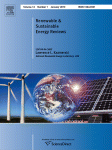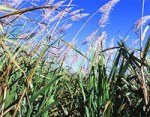Agência FAPESP – Recent resolutions by several countries, including the United States, to increase utilization of renewable fuels through 2021 – in addition to the general need to increase energy production and distribution worldwide – should boost global expansion of the biofuels industry in the coming years.
However, the sector must overcome myriad challenges to meet the greater global demand for bioenergy. These challenges include increasing cultivation of the agricultural crops that are utilized to generate biofuels without affecting food production; adapting to the impact of global climate change in agriculture; and competing on unequal footing with fossil fuels, which are strongly subsidized by innumerous countries, including Brazil… >>Continue Reading<<
Source and Photo: FAPESP, January 22nd, 2014 Labex Korea on Twitter and Facebook










 Labex Korea is hosted by the
Labex Korea is hosted by the